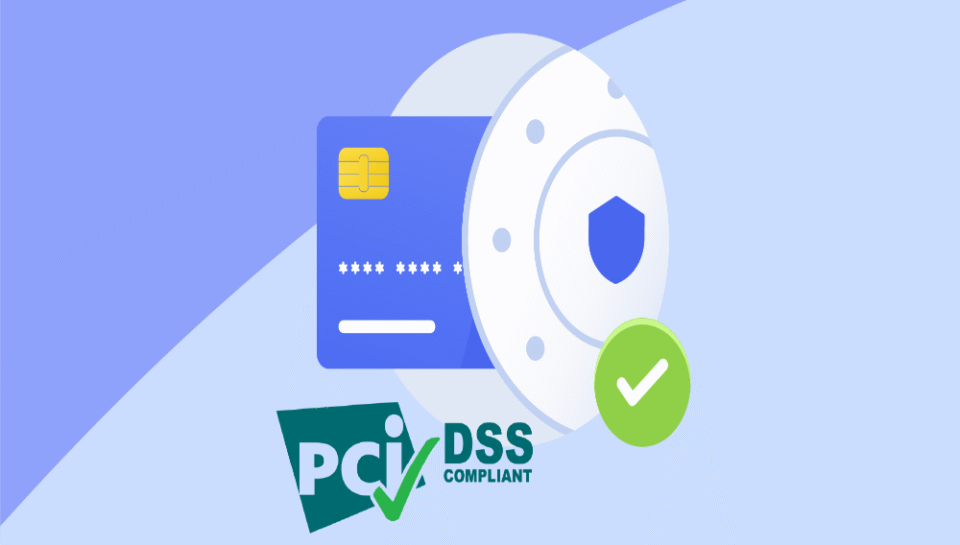
Establish compliance standards like PCI-DSS in payment integration
Introduction
As digital transactions dominate the global business landscape, payment integration has become a vital component for online commerce, SaaS, fintech, and subscription services. However, with the growing volume and complexity of online payments, comes the critical responsibility to ensure that sensitive customer data is handled securely. This is where compliance standards like PCI-DSS (Payment Card Industry Data Security Standard) become indispensable. Implementing such compliance frameworks in payment integration is not only a regulatory obligation but also a strategic measure to protect consumer trust, prevent financial fraud, and build a resilient digital infrastructure. This article explores how businesses can establish and maintain compliance standards, with a specific focus on PCI-DSS within payment systems.
Understanding PCI-DSS Compliance
PCI-DSS is a set of security standards developed by major credit card companies (Visa, MasterCard, American Express, Discover, and JCB) to protect cardholder data during and after financial transactions. It applies to any organization that stores, processes, or transmits credit card information. PCI-DSS consists of 12 core requirements covering areas such as network security, data encryption, access control, monitoring, and vulnerability management. Achieving compliance ensures that payment environments meet industry-accepted practices to mitigate risk and secure card data.
Why Compliance is Critical in Payment Integration
Compliance is essential because payment integration involves multiple touchpoints where data can be intercepted or misused if not properly secured. Without adherence to standards like PCI-DSS, businesses expose themselves to cyberattacks, breaches, legal penalties, and reputational harm. Furthermore, many payment processors require proof of PCI compliance as a prerequisite to do business. Non-compliance may lead to fines, higher transaction fees, or termination of merchant agreements, making it a foundational necessity rather than an optional feature.
Core Requirements of PCI-DSS
The 12 requirements of PCI-DSS are organized under six overarching goals:
- Build and maintain a secure network and systems
- Protect cardholder data
- Maintain a vulnerability management program
- Implement strong access control measures
- Regularly monitor and test networks
- Maintain an information security policy
These requirements must be embedded into both the design and maintenance of payment integration systems. Each criterion addresses a specific aspect of payment security, ensuring a multi-layered defense approach.
Role of Tokenization and Encryption
Two key techniques for securing payment data are tokenization and encryption. Tokenization replaces sensitive data with unique identifiers that cannot be reversed without a token vault. Encryption, on the other hand, encodes data so that only authorized users can decrypt and interpret it. Both are crucial in achieving PCI-DSS compliance as they help ensure that cardholder data is unreadable to unauthorized parties during transmission and storage. Effective implementation of these methods significantly reduces the risk of data exposure.
Choosing PCI-Compliant Payment Gateways
One way to streamline compliance is to use PCI-DSS-certified payment gateways such as Stripe, PayPal, Square, or Braintree. These providers handle the bulk of sensitive payment data and offer APIs that businesses can integrate without directly touching raw credit card data. This reduces the scope of compliance requirements for the merchant and enhances security. However, businesses must still ensure that their own environment—including how they interact with these gateways—is secure and compliant.
Maintaining Secure Coding Practices
Payment systems must be developed using secure coding practices to avoid common vulnerabilities like SQL injection, cross-site scripting (XSS), and insecure API endpoints. Developers should follow the OWASP Top 10 guidelines and undergo regular code reviews and security audits. Regular penetration testing and automated vulnerability scans help identify potential weaknesses. These practices are mandated by PCI-DSS and are key to building robust, compliant systems.
Employee Training and Access Controls
PCI-DSS also emphasizes the importance of restricting access to payment data and educating personnel on security best practices. Only authorized individuals should have access to cardholder information, and every access point should be logged and monitored. Multi-factor authentication (MFA), role-based access, and user activity monitoring further strengthen internal controls. Regular training programs ensure that employees are aware of compliance responsibilities and know how to respond to potential threats.
Monitoring, Logging, and Incident Response
To maintain PCI-DSS compliance, businesses must continuously monitor systems for suspicious activity. Logs should be maintained for all access to payment data and reviewed regularly. An incident response plan must be in place to address potential breaches, including notification procedures and mitigation steps. Tools like intrusion detection systems (IDS), security information and event management (SIEM), and centralized logging platforms are invaluable for compliance maintenance.
Audit and Certification Process
Depending on transaction volume, organizations must undergo annual assessments by a Qualified Security Assessor (QSA) or complete a Self-Assessment Questionnaire (SAQ). These audits verify that systems meet PCI-DSS requirements. Documentation, system configurations, access logs, and security policies must all be made available during this process. Failing to pass audits can lead to fines, reputational damage, or revocation of the ability to process payments.
Beyond PCI-DSS: Other Regulatory Considerations
While PCI-DSS is central to payment security, it is often accompanied by other regulations such as GDPR (General Data Protection Regulation), CCPA (California Consumer Privacy Act), and PSD2 (Revised Payment Services Directive) for organizations operating globally. Businesses must develop a unified compliance strategy that addresses overlapping requirements and ensures alignment across jurisdictions. This integrated approach ensures that customer data is protected regardless of location or regulatory body.
Conclusion
Establishing compliance standards like PCI-DSS in payment integration is a non-negotiable necessity in today’s digital business environment. These standards serve as a blueprint for safeguarding sensitive financial data and building consumer trust. By incorporating encryption, secure coding, access controls, and continuous monitoring, businesses can create a secure and compliant payment infrastructure. Moreover, maintaining compliance is not a one-time task but an ongoing commitment that must evolve with emerging threats and regulatory changes. Businesses that prioritize compliance will not only reduce risk but also enhance credibility, operational efficiency, and long-term growth potential.
Hashtags
#PCIDSS #PaymentCompliance #SecurePayments #DigitalSecurity #Tokenization #PaymentIntegration #Encryption #CardholderData #ComplianceStandards #PaymentSecurity #SecureCheckout #CyberSecurity #FraudPrevention #RegulatoryCompliance #GDPR #PCIStandards #SecureTransactions #AuditReadiness #DataProtection #SaaSCompliance #OnlinePayments #SecureGateways #RiskMitigation #FintechSecurity #AccessControl #PaymentDataSecurity





